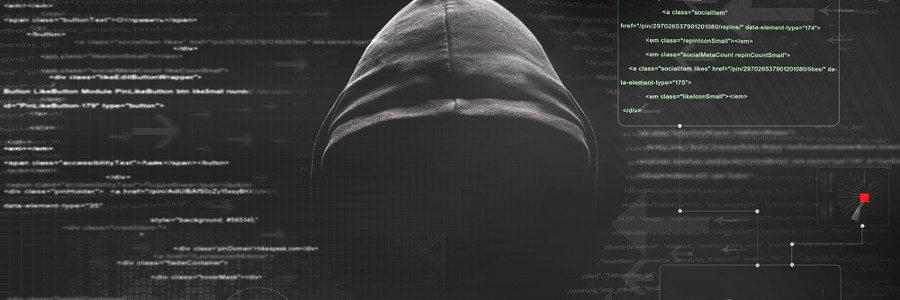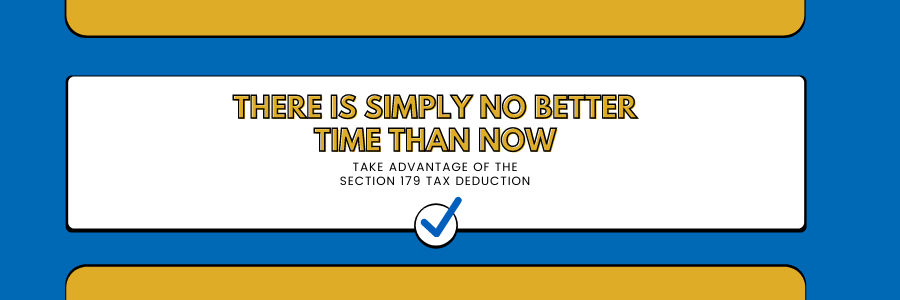Phishing continues to be one of the most effective methods of cyberattack plaguing many dental practices today. Phishing refers to a technique that involves an outside entity gaining access to private networks or data with the assistance of someone with legitimate access to them, obtained through deception and social manipulation.
How to spot phishing scams: 5 Signs dental practices should look out for
Section 179: What You Need to Know
6 Crucial steps to take when your dental practice falls victim to a data breach
Why Should Your Dental Practice Outsource to a Managed IT Services Provider?
Prevent Phishing Scams in Dental Practices by Learning to Read URLs
5 Common Cloud Myths Dental Practices Should Know
Defend Your Dental Practice from these 5 Types of Hackers

"Know thine enemy" — it means to get to know them and their motives. In this blog, we take a close look at the five types of dangerous hackers, what their motives are, and how they operate.
Script Kiddies
In terms of skill, script kiddies (or skids, for short) are at the bottom of the hacker totem pole.
Protect Your Dental Practice from Data Loss and Identity Theft
How Downtime can Affect Your Dental Practice

Most dental clinics today rely on information technology systems for their operations, which is why it’s vital to have a solid IT infrastructure. When IT systems go down, dental offices without a backup and disaster recovery strategy are left scrambling to get their network up and running while dealing with costly damages.
How to Protect Your VoIP Network from Hacking

Voice over Internet Protocol (VoIP) systems allow users to make calls through a broadband internet connection instead of a traditional phone system. This means reduced call costs for businesses that already have an internet connection. VoIP phones also come with various features not found in conventional phones, such as multi-party calling capabilities, auto-attendant, and video conferencing to name a few.








